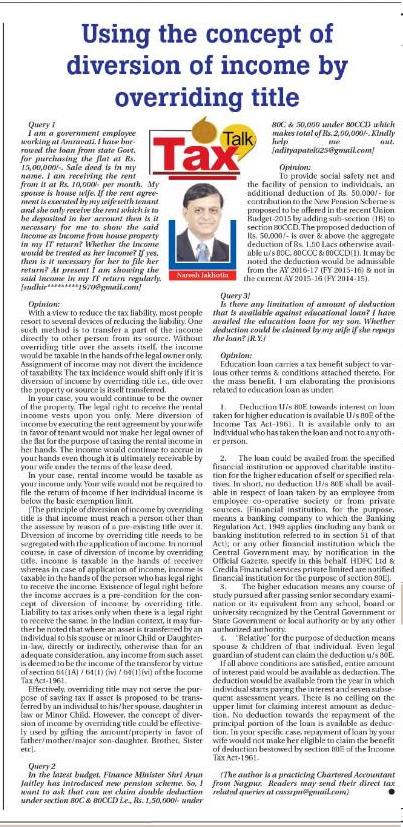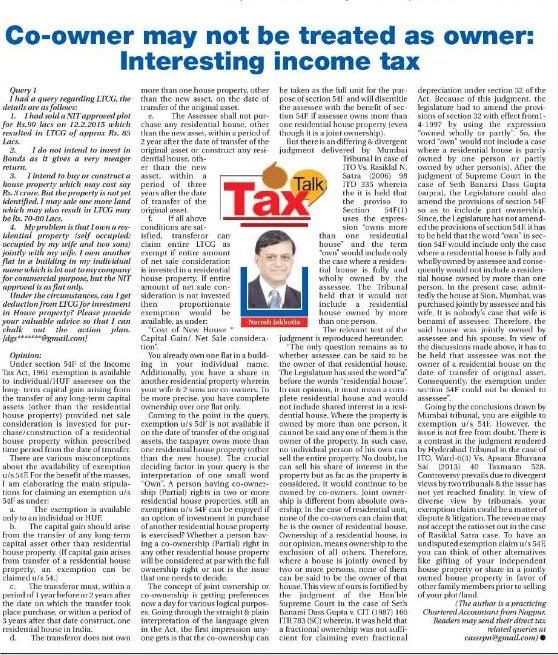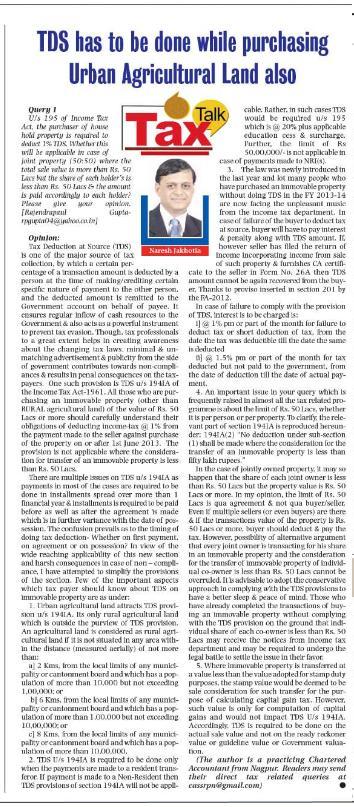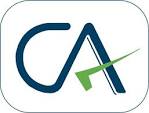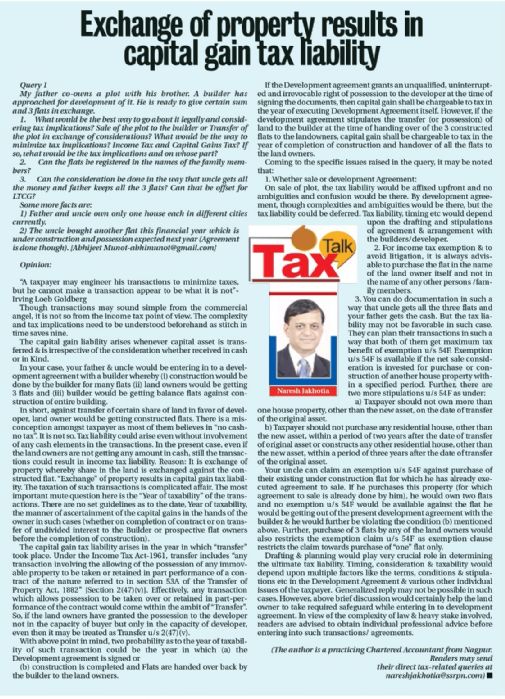Article Details
| CAPITAL GAIN EXEMPTION ON SALE OF DEPRECIABLE ASSETS |
INTERESTING INCOME TAX-CA NARESH JAKHOTIADEPERECIABLE ASSETS U/S 50 AND EXEMPTION BENEFIT U/S 54EC/54F A principal asked one of the students in Punjab: “School ka time to 8 baje hai….tum 9 baje kyu aa rahe ho…” The cute students innocently replied: “Sir, tussi na mera intezar na kiya karo, school shuru kar diya karo…” A person interprets the words the way it suits his individual requirements. Interpretation plays an important role in our daily life. It is all the more important when it comes to the interpretation of fiscal provision. And thinking above & beyond (Theme by CA. Anil Bhandari- President of WIRC, ICAI) is rewarding when it comes to interpretation. When CA. Anand Jakhotia sought a column for a bulletin, I though let me start it with the interpretation of law & how interpretation makes income tax interesting… One such interesting provision & interpretation thereof is with regard to exemption availability on Depreciable assets. For sufficiently longer run of my professional life, I have believed that depreciable assets are not eligible for exemption u/s 54F/54EC. Admittedly, the biggest impediment in law interpretation is our own assumptions & presumptions. At times, we need to become the student like the one above. In case of depreciable assets, section 50 prescribed the mode of calculation of capital gain tax. Section 50 reads as under: ”50. Notwithstanding anything contained in clause (42A) of section 2, where the capital asset is an asset forming part of a block of assets in respect of which depreciation has been allowed under this Act or under the Indian Income-tax Act, 1922 (11 of 1922), the provisions of sections 48 and 49 shall be subject to the following modifications:— (1) where the full value of the consideration received or accruing as a result of the transfer of the asset together with the full value of such consideration received or accruing as a result of the transfer of any other capital asset falling within the block of the assets during the previous year, exceeds the aggregate of the following amounts, namely:— (i)expenditure incurred wholly and exclusively in connection with such transfer or transfers; (ii)the written down value of the block of assets at the beginning of the previous year; and (iii)the actual cost of any asset falling within the block of assets acquired during the previous year, such excess shall be deemed to be the capital gains arising from the transfer of short-term capital assets; (2) where any block of assets ceases to exist as such, for the reason that all the assets in that block are transferred during the previous year, the cost of acquisition of the block of assets shall be the written down value of the block of assets at the beginning of the previous year, as increased by the actual cost of any asset falling within that block of assets, acquired by the assessee during the previous year and the income received or accruing as a result of such transfer or transfers shall be deemed to be the capital gains arising from the transfer of short-term capital assets." In short, by virtue of above lines, the gain arising on transfer of depreciable assets is always treated as short-term capital gain. To be precise, it’s the treatment of income, which is emphasized in section 50. The key words in sub-sections (1) & (2) to section 50 are “shall be deemed to be the capital gains arising from the transfer of short-term capital assets". It is only the Income that is recognised as short-term capital gain. Section 50 nowhere says the assets will be treated as short-term capital assets. Section 54EC/54F allows an exemption on capital gain arising from the transfer of long-term capital assets if the capital gain/sale proceeds is invested as per the prescribed mode. Whether income on disposal of otherwise long-term depreciable capital assets will be eligible to get an exemption u/s 54EC or 54F is an interesting question? Section 54, 54EC & 54F talks about the capital gain arising on transfer of long-term capital assets and one may note that depreciable assets if hold for a period of more than 36 months becomes a long-term capital assets. Section 54/54EC/54F are an independent sections & don’t make any distinction between Depreciable assets vis a vis Non Depreciable Assets. Section 50 dose not have an overriding effect over the said sections. All the Sections (54/54EC/54F) have an application where long-term capital asset is transferred. Therefore, capital gain received by an assessee on the transfer of a depreciable asset (if all other necessary conditions mentioned u/s 54EC/54F are complied with by the assessee) is eligible for the benefit under the relevant section I admit that that section 50 is enacted with the object of denying multiple benefits to the owners of depreciable assets. However, that restriction is limited to the computation of capital gains and not to the exemption provisions. In other words, where the long term capital asset has availed of depreciation, then the capital gain has to be computed in the manner prescribed u/s 50 and the capital gains tax will be charged as if such capital gain has arisen out of a short-term capital asset but if such capital gain is invested in the manner prescribed in section 54EC or 54F, then the capital gain shall not be charged u/s 45 of the Income-tax Act. To put it simply, the benefit of section 54E will be available to the assessee irrespective of the fact that the computation of capital gains is done either u/s 48 and 49 or u/s 50. I believe the only contention that the Revenue might have in such cases is that, by amendment to section 50, the long-term capital asset has been converted into a short-term capital asset which lacks merit. The legal fiction created by the statute is to deem the capital gain as short-term capital gain and not to deem the asset as short-term capital asset. Therefore, it cannot be said that section 50 converts a long-term capital asset into a short-term capital asset. Reliance:
|
 |




.png)
